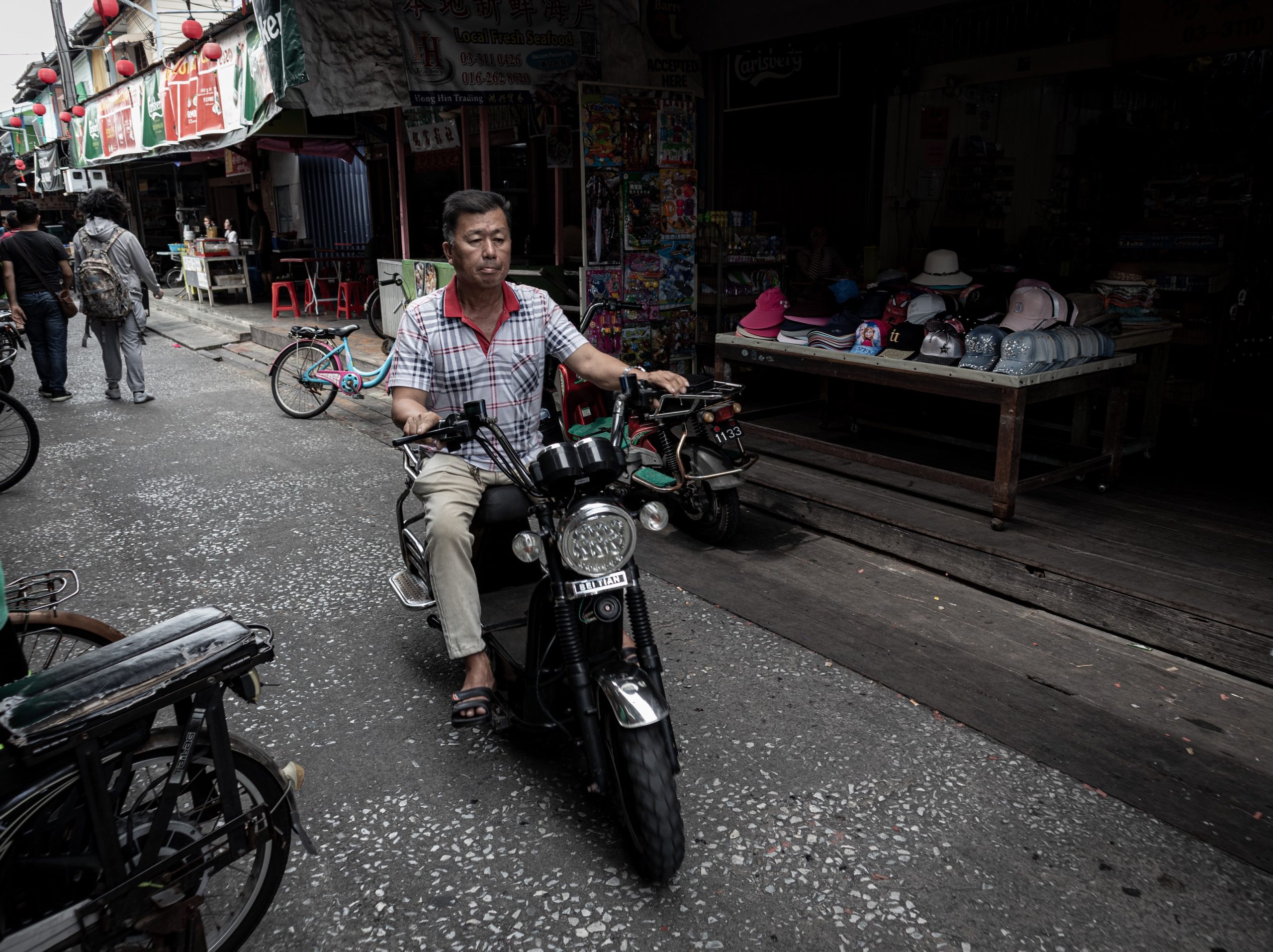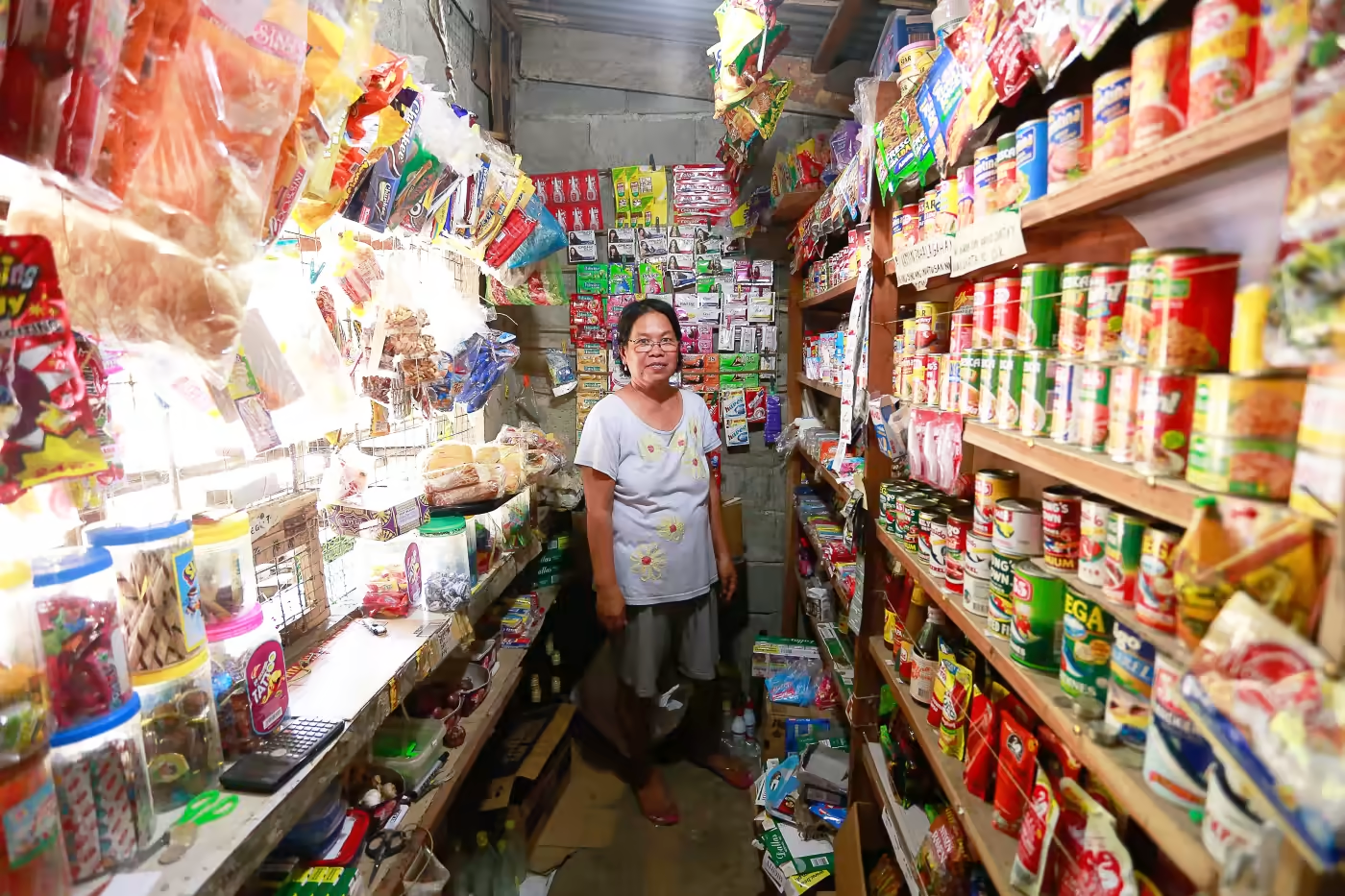Fast Moving Consumer Goods (FMCG) companies in Malaysia have always known that people living in rural and urban areas consume differently. Knowing this difference is important for FMCG brands to create marketing strategies that cater to specific needs and preferences of their target customers in each area.
Right now, 74% of Malaysia’s 33 million population is urban while 26% is rural. At Ninja Mart, we have you covered with our full coverage of 38,000 stores across 15 urban provinces and 10 rural provinces.
General Rural vs Urban Population Trends
Rural and urban areas in Malaysia are like night and day when it comes to demographics, lifestyles, and economy. These factors have a massive impact on how people consume FMCG products.
Rural areas in Malaysia are characterised by a relatively older population, lower income levels, and a predominantly agriculture-based economy, whereas urban areas are more cosmopolitan, with a younger, more diverse population and higher income levels.
Here’s how their consumption patterns differ:

Product Categories
In rural areas, people prioritise essentials like food, beverages, and household goods.
In the city, it’s a whole different ball game. Urbanites tend to have more diversified consumption patterns, including personal care, health and wellness, and home appliances.
Distribution Channels
There’s a pretty big difference in how products get distributed to consumers in rural versus urban areas.
In rural areas, you’ll usually find mom-and-pop shops and provision stores where people go to buy their daily necessities.
Meanwhile, urban areas have a more developed modern trade retail industry, with supermarkets and hypermarkets being the go-to spots for FMCG products.
Effective Marketing Messaging
To be successful in the FMCG industry, brands need to understand the difference in consumer behaviour between rural and urban areas. People in rural areas are looking for affordable and accessible options for their everyday essentials. They also value reliability and trustworthiness, and tend to stick with brands they know and trust.
But reaching rural consumers can be a challenge, especially with limited data available. That’s why we’ve teamed up with our FMCG brand partners to create outreach programmes that help us better understand rural consumers.
For example, we recently worked with Julie’s Biscuits on a trial programme in Kuala Terengganu. Our sales team visited mom-and-pop retailers every week, and Julie’s marketing team came along to provide in-depth product training.
This gave Julie’s team a chance to build relationships with store owners and learn more about their customers’ preferences.

On the other hand, when targeting urban consumers, FMCG brands need to focus on the quality, variety, and innovation of their products.
Urban consumers have a broader range of product preferences and are more open to trying new things, so. FMCG brands should invest in product innovation to cater to the dynamic and evolving preferences of urban consumers.
In summary, to thrive in the highly competitive FMCG market in Malaysia, it is crucial for brands to gain a deep understanding of the distinct consumption patterns and behaviors of both rural and urban consumers. By conducting comprehensive consumer research and tailoring marketing strategies accordingly, FMCG brands can effectively connect with their target audience and propel growth in the Malaysian market. Take action now to unlock your brand’s potential and seize the opportunities awaiting in Malaysia’s dynamic FMCG landscape.







